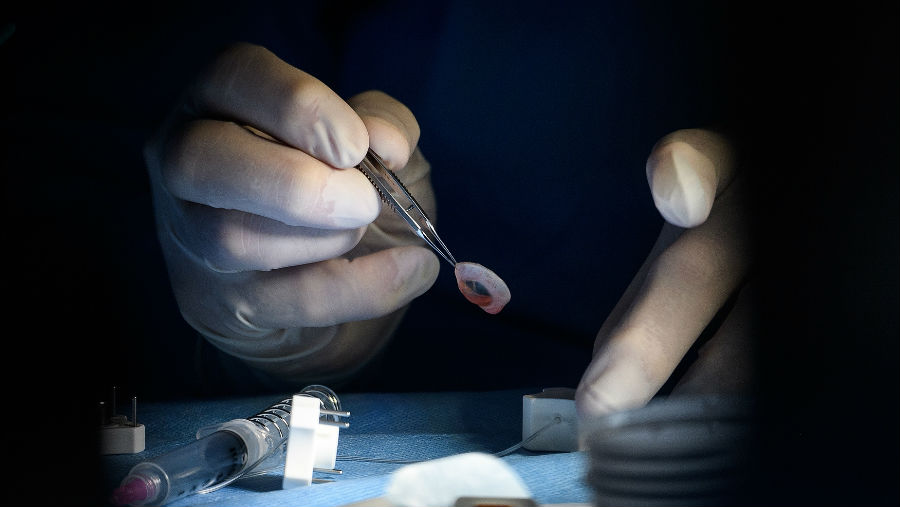Join a powerful, unprecedented alliance for better eye health for all.
Join IAPB-
Choose an alternate language here

“Right now, we do not have access to global rates regarding corneal transplantation, donation or utility” says GAEBA Representative, Dr. Graeme Pollock.
“This means the sector, its members, end-users (surgeons and researchers) and the wider eye care community, is unable to develop effective strategies to plan for the long-term need of human tissues for transplant, training and research, nor do they have adequate data to commence conversations with legislative and governing bodies or build new partnerships with those outside of the sector.”
“We would like to change that, to ensure all members of the sector and community have access to adequate data. We want them to be able to plan effectively and ensure resources are utilised appropriately. To do that the sector requires an annual account of human tissue donation and use.”
“The new project is designed to provide annual de-identified data at a national level. We will not be identifying the eye banks, surgeons or hospitals, and nor will we be analysing the outcomes, we will simply present the raw de-identified data for those seeking such information.”
“Our challenge will be collecting the data and encouraging those who are not routinely collecting data to get involved.”
“Our approach has been inspired by the WHO Guiding Principles on Human Cell, Tissue and Organ Transplantation, the IAPB Vision Atlas, and the work of Gain et al (2015). We hope to complement these existing initiatives long-term,” says Pollock.
About the Project
There will be two collection methods.
GAEBA will commence with capturing 2019 data. We will promote the importance of data capturing across the sector and to a wide range of individuals and groups. We invite interested sector and community groups to get involved as Data Champions and help promote the necessity for routine annual data in this area of service. By encouraging eye banks, surgeons or hospital transplant facilities and partners to submit data, Data Champions will be helping to improve public health in their area.
To find out more – or help support the project as a Data Champion, please contact the Collection Team via: [email protected] / www.gaeba.org
Image on top: Dr Mark Mannis lifts the donor rim before separating the cornea by Leon Neal for #EyeCareEverywhere Photo Competition